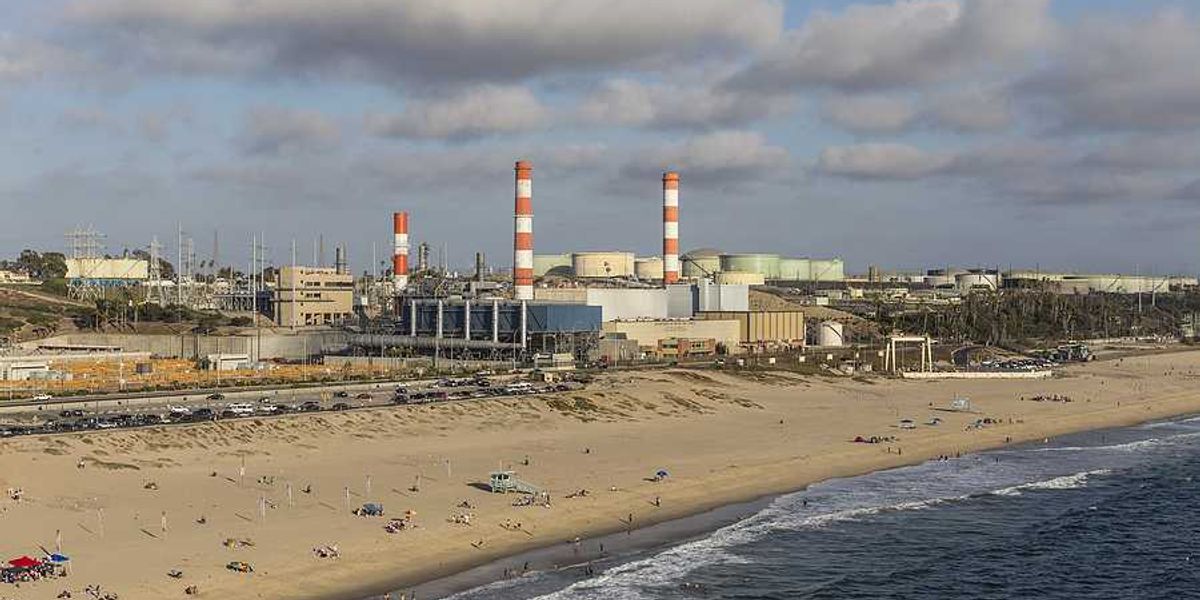Bike lane removal plan sparks conflict between Toronto drivers and cyclists
Cyclists and drivers in Toronto are locked in a legal and political fight over a provincial law that would tear out 14 miles of protected bike lanes from three of the city’s busiest streets.
Vjosa Isai reports for The New York Times.
In short:
- Ontario Premier Doug Ford signed a law requiring the removal of 14 miles of bike lanes, citing traffic congestion; a court has temporarily blocked the move while legal challenges proceed.
- Toronto’s mayor and cycling advocates argue that bike lanes improve safety and climate goals, while opponents, including taxi drivers and some residents, say the lanes worsen congestion and are underused in winter.
- The province passed liability protections for itself against lawsuits from cyclists injured on roads where bike lanes are removed, drawing criticism from cycling lawyers and activists.
Key quote:
“This idea that [bike lanes] are somehow the cause of Toronto’s traffic woes isn’t based on any fact,— Michael Longfield, executive director of Cycle Toronto
Why this matters:
Urban bike lanes often sit at the crossroads of public health, safety, and environmental policy. Advocates point to lower emissions and fewer traffic deaths when protected cycling infrastructure expands. Yet opponents highlight snarled traffic, economic losses from delays and accessibility issues for drivers who rely on cars for work or disability transport. The Toronto debate reflects tensions playing out in cities worldwide as they try to cut carbon emissions while balancing car-centric road systems with pedestrian and cycling needs. How governments weigh safety data against congestion complaints could shape the pace of urban climate planning and determine whether cycling becomes a mainstream commuting choice or remains a niche option.
Learn more: How a global network of grassroots leaders is getting cities to ride more bikes













